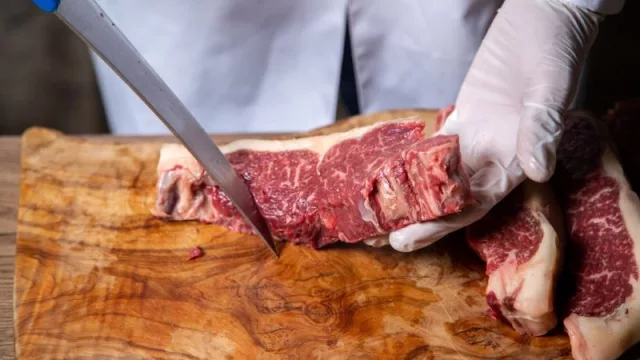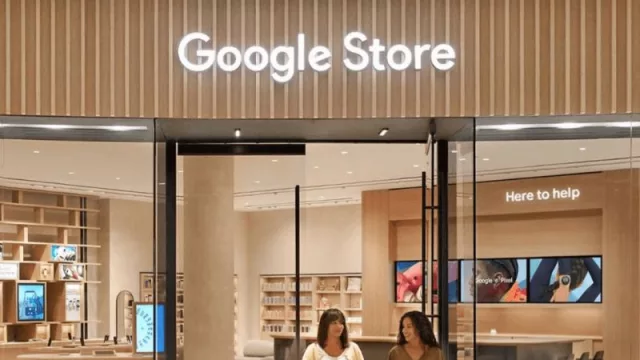Brazil accelerates its beef production to get closer to the top spot:
(As per Bloomberg Report)
In 2022, Brazil produced a total of over 10.3 million metric tons of beef, making it the second-largest producer in the world, just behind the United States. It is expected to maintain this position in 2023, with a production volume of approximately 10.6 million.
Beef production 2022-2023, in millions of metric tons of meat, according to Statista.com report
Which country consumes the most beef per capita?
Source OECD - Bloomberg.
What will the future of meat consumption look like?
According to the report by the United Nations Environment Programme (UNEP), per capita consumption is expected to stabilize in high-income countries due to changing consumer preferences. But hold on, poultry will account for 41% of global meat products! And beef? A solid 20%! However, the report highlights that shifting consumer preferences will be a key factor in the slow growth of the beef industry.
The report projects an increase in per capita beef consumption in China, the second-largest consumer in the world. An 8% increase by the year 2030!
On the other hand, Argentina, Canada, and Brazil could experience a decrease in per capita consumption. But it's not limited to those countries, as sub-Saharan Africa will lead the growth in beef production with an astonishing 15%.
Furthermore, the report mentions the development of lab-grown meat. Did you know that lab-grown meat costs are expected to be competitive with traditional meat by the year 2025? Despite many negative opinions, with constant technological advancements, it is estimated that by 2040, only 40% of the meat industry will come from animals, while 90% will be lab-grown meat.
What do you think of this projection? Is it something concrete or is it a biased and "stimulated" attempt to reduce dependence on meat-producing countries like Argentina or Brazil?
Is it progress, or is it something that aims to change consumer mindset by leveraging trends like veganism or discussions about the environmental impact of natural farming?
Latin America and the Caribbean are not left behind. According to a report by Fontagro, per capita income is expected to continue growing in the next decade, resulting in a change in consumption patterns.
In countries like Peru, Colombia, Mexico, and Brazil, an increase in income translates into higher demand for meat.
According to the report, meat demand is expected to increase as per capita income grows in the region. Wondering how much meat will be needed to meet this demand? A staggering 377 million tons by the year 2031!
Beef will remain a popular choice, with an estimated consumption of 76 million tons in the same period. Although per capita beef consumption has declined since 2007, it is expected to significantly increase in Southeast Asia and China, the second-largest consumer in the world.
But that's not all. Poultry will also play a crucial role in the meat landscape. Consumption is projected to reach 154 million tons by 2031, with countries like China, India, Indonesia, Malaysia, and Peru leading the demand. Peru might even become the second-highest per capita consumer of this type of meat!
On the other hand, pork will also experience an increase in demand, with an estimated additional 129 million tons by the year 2031. Although Europe remains the main region for pork consumption, the preference for poultry is gaining ground due to its lower cost and the perception of it being healthier.
It is crucial for the producing countries in the Americas to gain presence in international markets.
Argentina, a heavyweight consumer globally with affordability issues:
The significant drop in the Argentine currency and average income has also led to a significant decline in domestic consumption.
However, the total consumption of beef, poultry, and pork per capita in Argentina could reach around 115.2 kg in the year 2023, albeit with a different mix of beef participation.
If that's the case, it would represent a 4.2% improvement compared to the previous year, reaching consumption levels close to those of 2017. Additionally, each individual would consume a total of 4.0 and 3.4 kg above the averages of the last 5 and 10 years, respectively.
Total meat consumption in Argentina - Bolsa de Comercio Rosario.












Tu opinión enriquece este artículo: